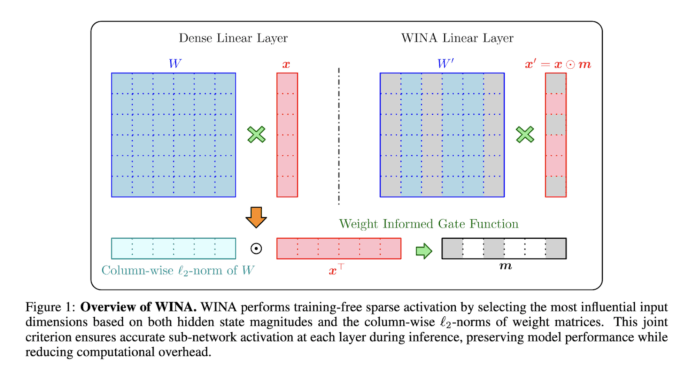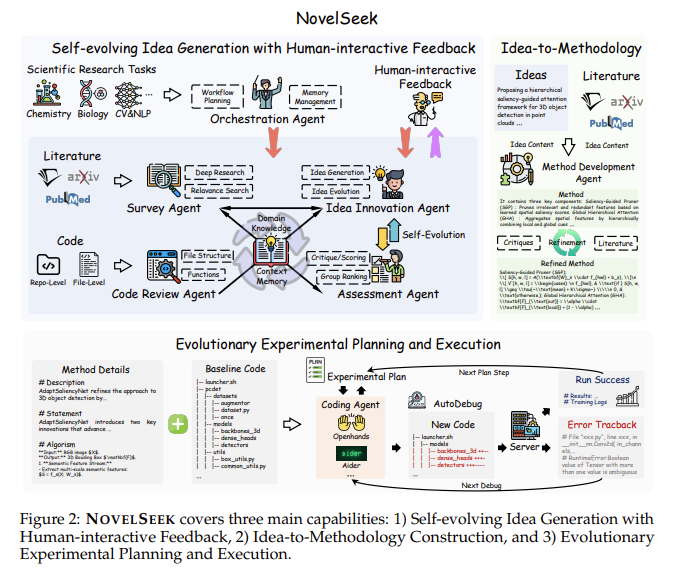News
Featured
This AI Paper from Microsoft Introduces WINA: A Training-Free Sparse Activation...
Large language models (LLMs), with billions of parameters, power many AI-driven services across industries. However, their massive size and complex architectures make their computational costs during inference a significant challenge. As these models evolve, optimizing the balance between computational efficiency and output quality has become a crucial area of...







![top-five-chinese-ev-startups-li-auto-leads-and-xiaomi-gaining-momentum-19459037.jpg Top Five Chinese EV startups: Li Auto Leads and Xiaomi Gaining Momentum.[19459037]](https://aiobserver.co/wp-content/uploads/2025/01/1261-top-five-chinese-ev-startups-li-auto-leads-and-xiaomi-gaining-momentum-19459037-696x520.jpg)







